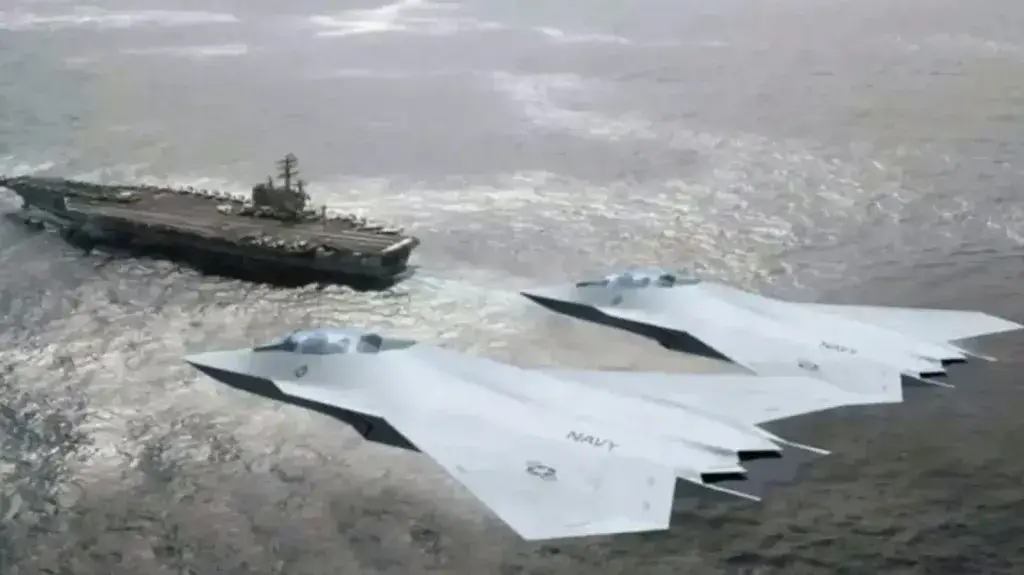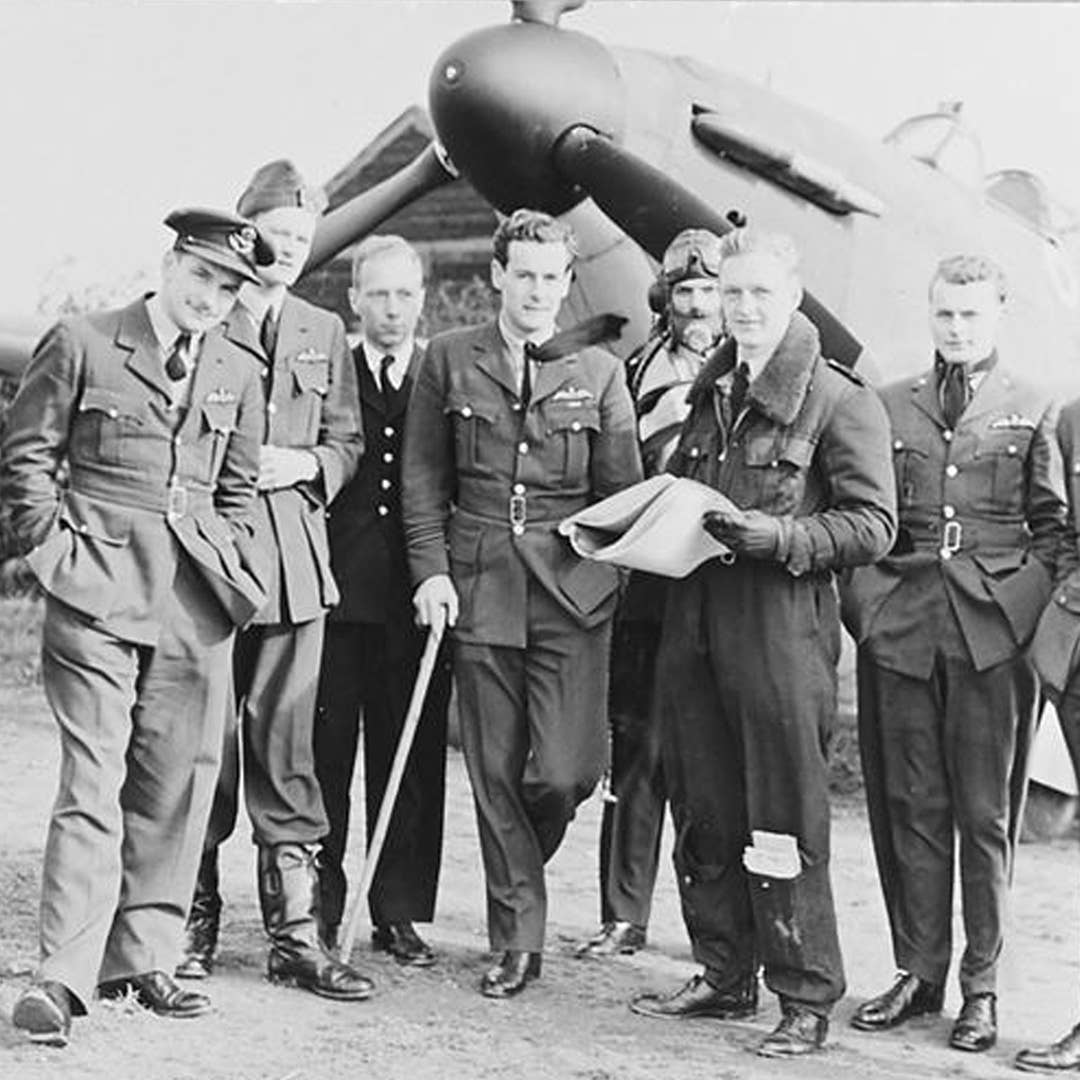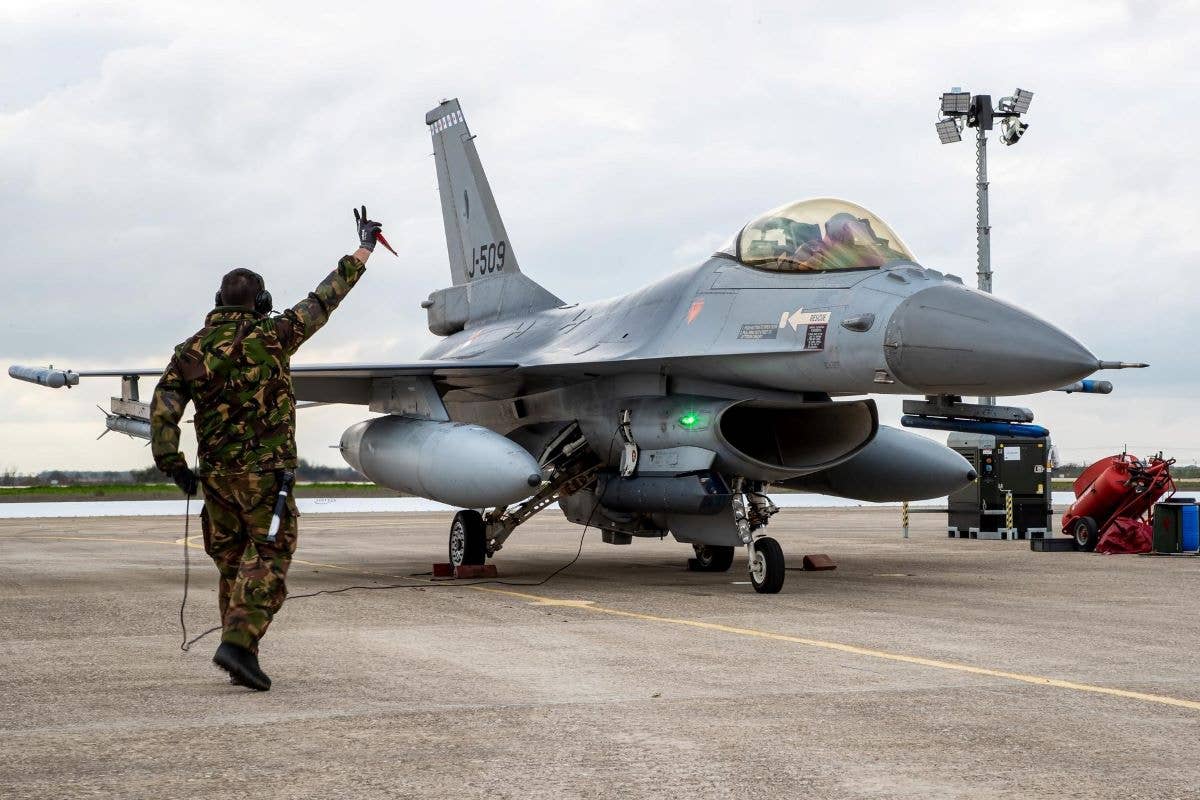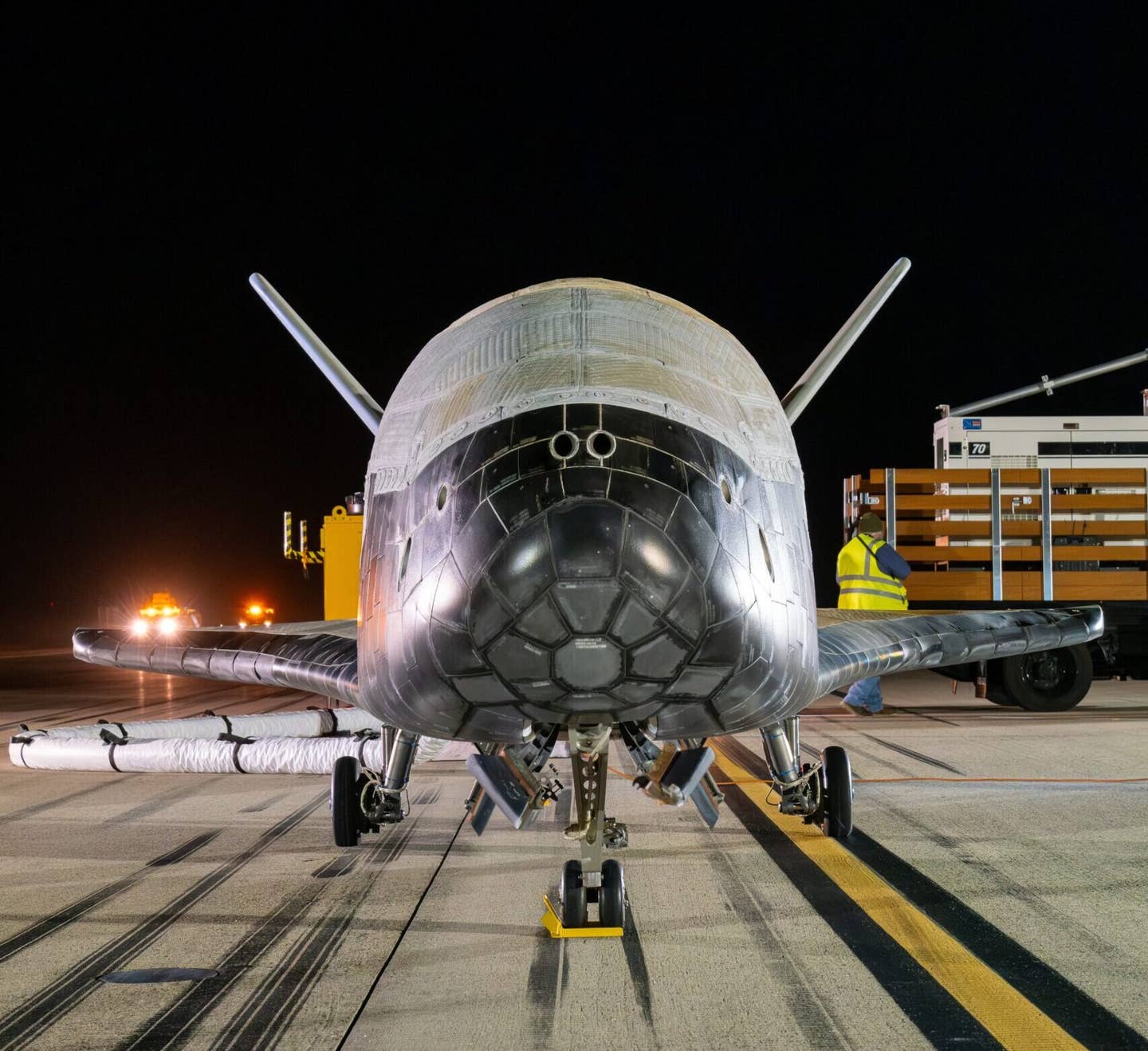Chinese Fighters Accused of Intercepting Canadian Surveillance Aircraft
The Canadian military aircraft and a Chinese jet came within 16 feet of each other over international waters, according to reports.

Royal Canadian Air Force Lockheed CP-140 Aurora maritime patrol aircraft [Credit: Shutterstock]
Chinese fighter jets were "dangerous and reckless" when they intercepted a Canadian military surveillance aircraft taking part in a United Nations operation over international waters off the coast of China earlier this week, according to a top Canadian military official.
According to Canada defense minister Bill Blair, the Canadian Armed Forces (CAF) Lockheed CP-140 Aurora and a jet at one point came within 16 feet of each other during the incident, which put the Canadian crew aboard the aircraft at significant risk, Reuters reported.
The maritime patrol aircraft was reportedly taking part in a U.N. operation enforcing sanctions against North Korea.
According to Global News, which was on board the CAF Aurora at the time of the incident, at least two Chinese jets intercepted the surveillance aircraft over the course of numerous hours during its eight-hour mission. One jet was armed with air-to-air missiles and was aggressively flying back and forth, the news service reported.
"I am very concerned about the unprofessional way in which this was done," Blair told Global News. "It was quite frankly dangerous and reckless. And those types of behaviors are not ever acceptable, and we will express that to the People's Republic of China in the most appropriate way."
This isn't the first time China has been accused of intercepting a Canadian military aircraft on a U.N. operation.
In June 2022, a Chinese military aircraft nearly hit a Royal Canadian Air Force (RCAF) aircraft on a similar mission, forcing it to abruptly change its flight path.
“In these interactions, [People’s Liberation Army Air Force] aircraft did not adhere to international air safety norms,” Canadian Armed Forces said in a statement at the time of the 2022 incident. “These interactions are unprofessional and/or put the safety of our RCAF personnel at risk. In some instances, the RCAF aircrew felt sufficiently at risk that they had to quickly modify their own flight path in order to increase separation and avoid a potential collision with the intercepting aircraft.”

Sign-up for newsletters & special offers!
Get the latest FLYING stories & special offers delivered directly to your inbox






